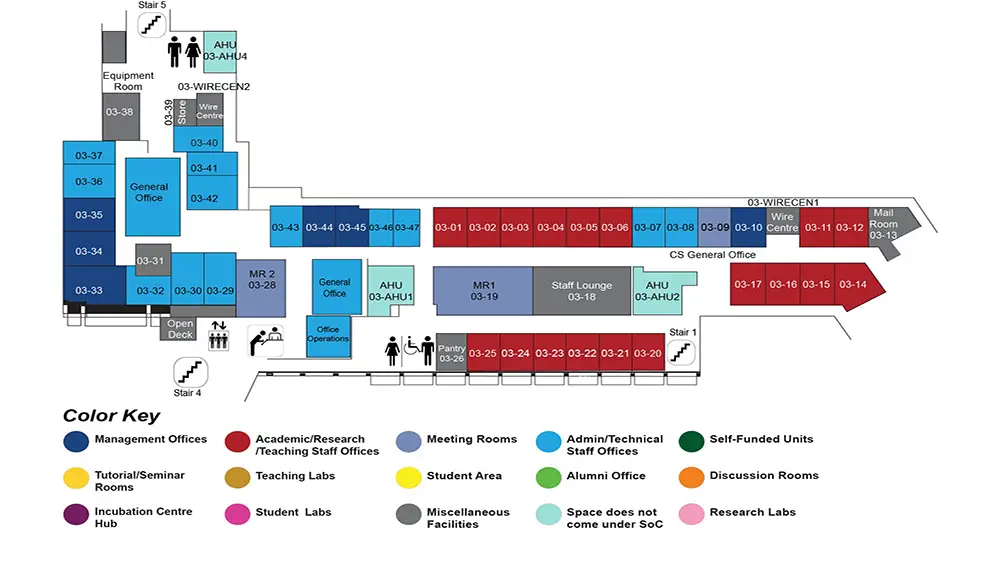Investigating Visual Design For Increasing Pre-Use Evaluation And Post-Use Performance In Mobile Applications
COM1 Level 3
MR1, COM1-03-19


Abstract:
Visual design features which help in understanding user behavior with mobile technologies and websites are receiving increased attention. With smartphone applications replacing everyday desktops and computers, managers, designers, and developers are looking for ways to improve user evaluations and also enhance user performance on mobile technologies. Among mobile technologies, mobile apps are one of the largest consumer products, and it is contributing an increasing amount to mobile phone usage share. Thus understanding the impact of the visual design of mobile applications (referred to as apps) on user behavior including early evaluations and post performances would be temporarily appropriate and relevant. With this regard both emotion and cognition are important, extant studies have looked at this from an efficiency perspective which is not sufficient to understand the psychological mechanisms of visual design on both the emotional and cognitive front when user behavior is concerned. This dissertation seeks to expand the boundaries of our understanding regarding mobile apps by looking at what psychological constructs are necessary for initial evaluations and what kind of visual features can enhance post performance. These are the two essays of the dissertation.
The first essay explores the impacts of visual layout mainly aesthetics on pre-evaluations focusing on quality perceptions and attractiveness. Drawing on the classic-expressive aesthetics framework by Lavie and Tractinsky and Russell???s circumplex model of emotions we map aesthetic sub-dimension to the emotional sub-component and how they impact the two dimensions of quality perceptions i.e. pragmatic and hedonic, attractiveness and intention to return. Thus we also aim to guide developers, designers, and managers how to better manage emotional responses from users on mobile applications specifically focusing on aesthetic dimensions.
The second essay explores how visual interruption mitigation from a design standpoint can impact user performance and experience with mobile applications. Building upon memory for goals theory and prospective memory framework, we propose that visual complexity reduction and visual strengthening are two interruption mitigation features that can increase user???s app performance and enhance user???s app experience. We also suggest that the kind of task moderates these effects that user is achieving with the app. We aim to find a fit between task and feature that will guide developers and designers to mitigation users during interruptions. The proposed hypotheses are tested with laboratory experiments.
In the bigger picture, the thesis proposes that there is a need to include design features from both emotional standpoints and also contextual perspective like in the case of interruptions to forward the understanding of mobile app behavior in human-computer interaction literature. Specifically, emotions can be used to enhance reuse quality evaluation which can guide first impressions while contextual mitigation can increase post-performance influencing long term usage. This thesis also aims to strengthen the understanding of interface design literature specifically with memory for goals framework and role of emotions in design.

